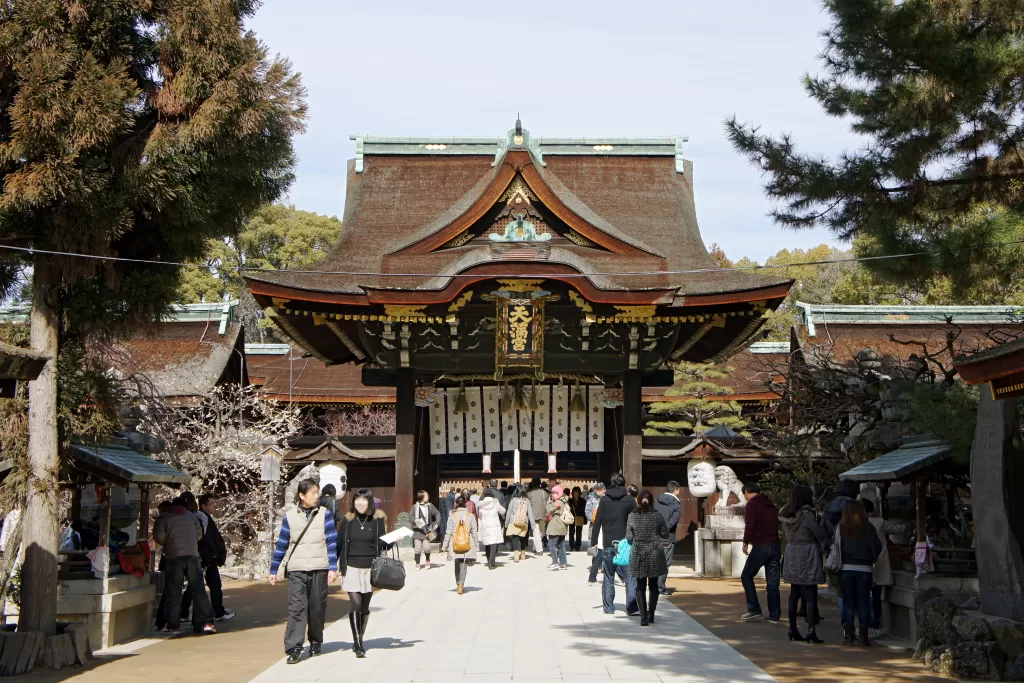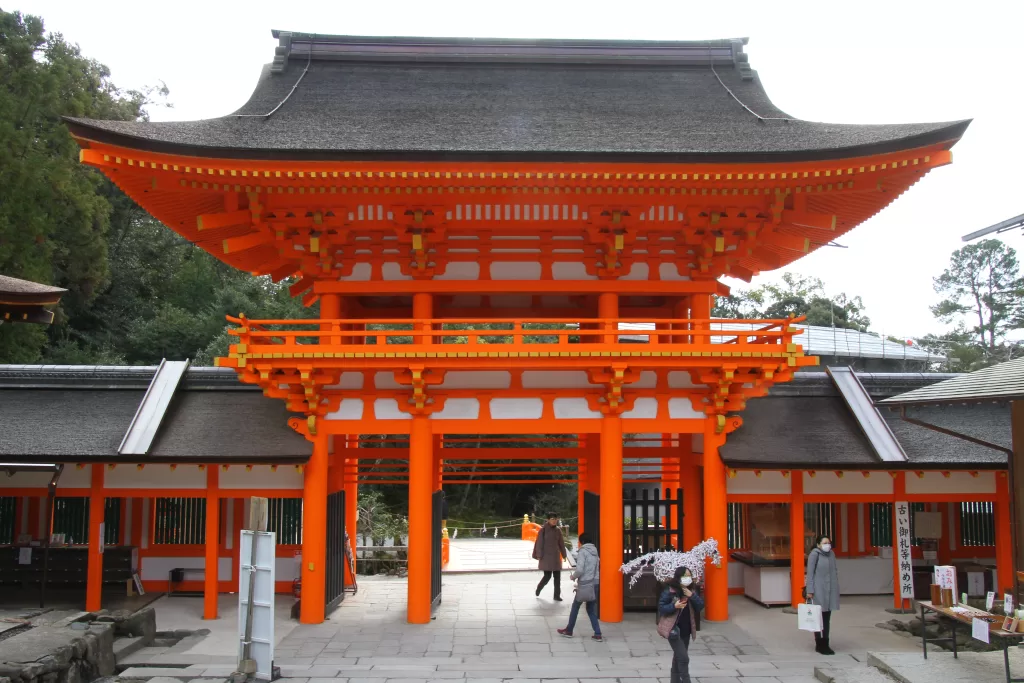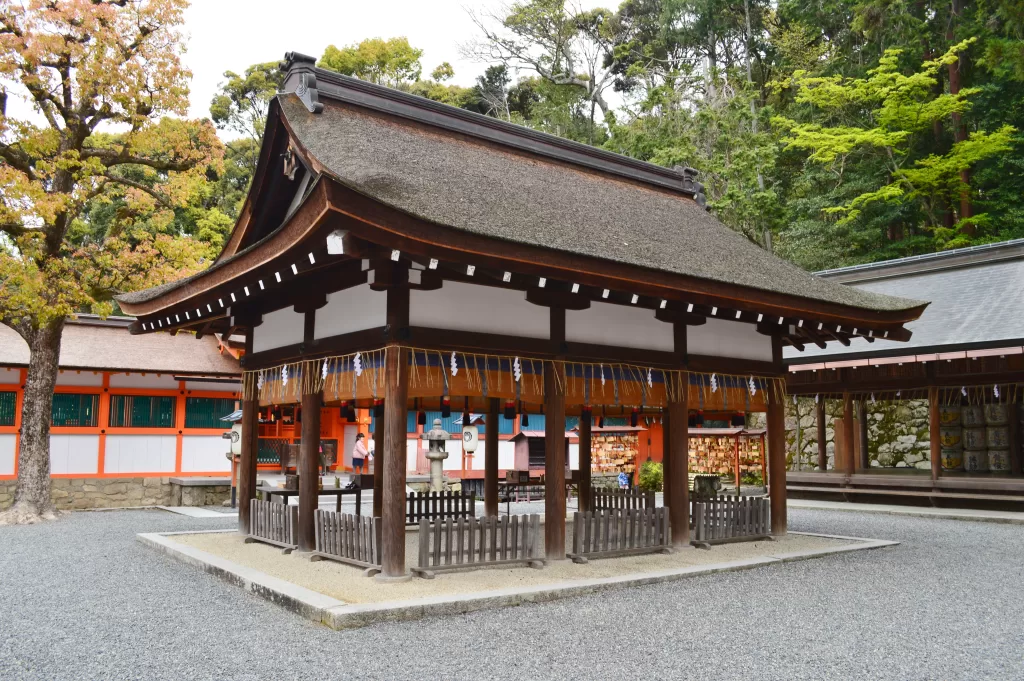Nagoshi no Harae: The Great Purification Ritual of Japan
The ancient Shinto purification ritual, Nagoshi no Harae, occurs at the end of June every year at Shinto shrines throughout Japan. This sacred tradition, which was first established during the Nara Period (710-794), involves a ceremony that atones for sins committed in the first half of the year, offering a chance for a new beginning in the remaining half.
The Legend behind Nagoshi no Harae
The origin of this prominent Japanese tradition can be traced back to an ancient legend involving the wandering god Susano’o no Mikoto and a poor man named Somin Shorai. As the story goes, Somin showed Susano’o every luxury he could afford when asked for shelter overnight. In return, Susano’o gifted Somin with a chinowa wreath woven from reeds and gave him instructions to wear it as a form of protection. Miraculously, Somin and his descendants managed to evade the plague that struck the land, establishing the practice of passing through a large Nagoshi no Harae chinowa wreath to ward off catastrophes.
Ritual Dynamics: Process of Purification
Participants in Nagoshi no Harae pass through a chinowa, which is considered sacred grass wreaths symbolic of purification in Japanese culture. Leading these proceedings is the shrine’s chief priest who instructs participants to follow an infinity (∞) path: they bow and cross through the wreath before circling back from the left side and going through again from the right; finally, they go through one last time. Its one of the most awaited Kyoto events in June.
These rounds are not done without purpose. They symbolize a cleansing process; ridding participants of misdeeds and protecting them from bad fortune while offering prayers for health. Typically, you will find these significant chinowas set up under a shrine’s torii gate or before its main shrine hall (haiden).
Where to Celebrate Nagoshi no Harae in Kyoto
Among several popular shrines in Kyoto hosting this event are Kitano Tenmangu Shrine, Kamigamo Shrine, and Yoshida Shrine. Each shrine offer unique experiences.

Kitano Tenmangu Shrine – Home of Kyoto’s Largest Chinowa
Located prominently on its grounds is Kyoto’s largest chinowa reaching about five meters high. The great spectacle draws visitors from all corners for participation in the Nagoshi No Harae.

Kamigamo Shrine – Rituals Plus Paper Dolls
Kamigamo Shrine doesn’t just stop at performing purification rituals; participants are also given paper dolls that are later floated downriver to cast away misfortunes.

Yoshida Shrine – A Wreath for An Amulet
Here at Yoshida Shrine, participants receive wreaths as gifts after offering doll amulets to the deity — fostering a more interactive encounter with Japan’s spiritual realm.
Dates and Timing
Traditionally held on June 30th every year without fail since 710 AD – majorly regardless of ongoing circumstances whether conflicts like Onin War (1467-77) or upheavals during Muromachi period – this epic midyear occasion presents an opportunity unique even by cultural Japanese norms.
The Sweet Side of Ritual
Joining Nagoshi no Harae isn’t solely about historical immersion; refreshments have their place too! Minazuki — steamed cakes topped with azuki beans — are typically sold during this period. Their triangular shape symbolizes driving away malevolent spirits — matching perfectly with celebrating one’s purification.
In conclusion, Nagoshi no Harae is much more than just an old tradition from ancient times—it’s an embodiment of Japanese belief system that values self-reflection and renewal—a celebration depicting how cultural elements can be seamlessly meshed into modern day life.
By the way, if you are in Kyoto on the first Saturday of June, make sure to visit the Umekoji Park Handicrafts Market. This delightful market, held near Umekoji Park, offers a unique opportunity to support the local community while immersing yourself in a vibrant showcase of handmade treasures.